Te ite i te pae no te uira
What are the Taboos in the Use of Truck-Mounted Cranes?
Tuuhia i ni'a i te na roto i te Te mau pereoo uira
Ua haapii mai te truck-mounted crane transport vehicle, commonly referred to as the truck-mounted crane for brevity, is a device that achieves the lifting, slewing, and handling of goods through the hydraulic lifting and telescopic system. It bears resemblance to a truck crane. Tera râ,, the distinction lies in that the truck-mounted crane is equipped with a cargo box and possesses the functionality of loading goods. It falls under the category of a special vehicle type. The usage methodology of special vehicles differs from that of ordinary vehicles. Today, let’s delve into the usage taboos of truck-mounted cranes.
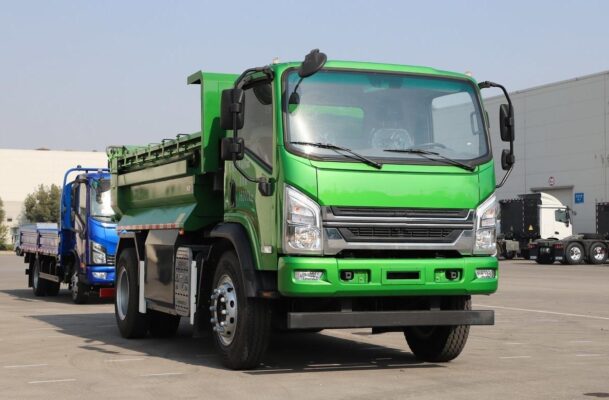
- Before operating the truck-mounted crane, pre-operation checks should be conducted. In the event of faults being identified during the pre-operation, they ought to be promptly repaired.
Imagine a situation where a minor fault is overlooked during the pre-operation check, and it escalates into a major issue during the actual lifting operation, potentially causing significant delays and safety hazards.
- Ua haapii mai te truck-mounted crane must not hoist heavy objects surpassing the rated capacity, as doing so will inflict severe damage to the truck-mounted crane due to overload.
Overloading the crane not only poses a threat to the equipment itself but also increases the risk of accidents and breakdowns, leading to costly repairs and potential safety risks.
- Ua haapii mai te truck-mounted crane should refrain from side loading or dragging heavy objects along the ground, as this may result in serious harm to the truck-mounted crane.
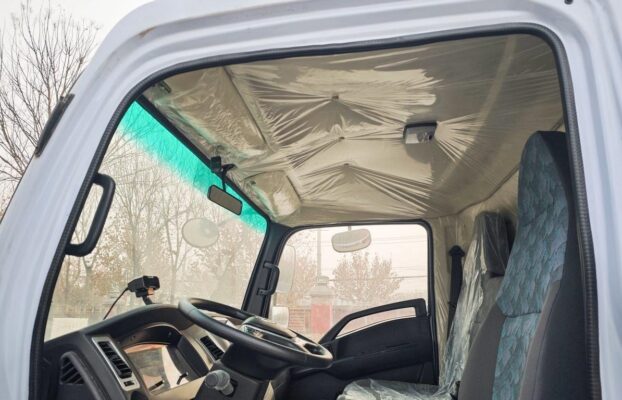
Side loading or dragging can cause uneven stress on the crane’s components, leading to premature wear and potential failure of critical parts.
- When the truck-mounted crane lifts heavy objects, it should slightly lift off the ground and verify for safety. During the process of hoisting heavy objects, when the heavy objects leave the ground, apply the winch brake once and inspect the safety conditions before further lifting the heavy objects.
This precautionary step is crucial to ensuring that the lifting operation proceeds smoothly and safely, minimizing the risk of unexpected accidents.
- When the boom of the truck-mounted crane and the vehicle chassis are inclined due to insufficient load, the heavy object can be shifted slightly forward.
Tera râ,, this adjustment should be carried out with caution to avoid destabilizing the crane and causing potential risks.
- When the heavy object leaves the ground, the control lever needs to be moved gradually. If the control lever is shifted abruptly, the truck-mounted crane will commence working suddenly. The personnel responsible for the operation may sustain injuries. Te tahi atu â mau mea, the stability of the truck-mounted crane will diminish, which could potentially lead to serious damage to the crane.
Sudden movements of the control lever can cause jerky actions of the crane, throwing off the balance and increasing the likelihood of accidents.
- The speed should be slow when the boom of the truck-mounted crane rotates. If the truck-mounted crane starts or stops abruptly, the lifted heavy object will lean to one side, causing damage to the truck-mounted crane.
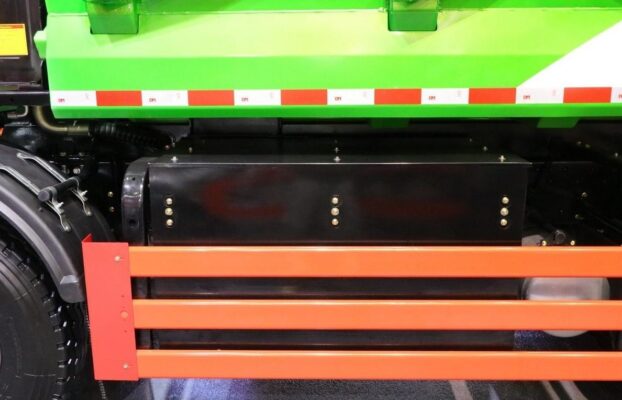
A smooth and controlled rotation speed helps maintain the stability of the lifted load and protects both the crane and the surrounding environment.
- When the boom moves from the rear to the side, extreme caution is necessary, as the stability of the side of the boom is considerably poorer than that of the rear. During the movement, meticulous observation of the stability of the entire vehicle is essential.
Failure to do so could result in the boom losing balance and potentially causing damage or dangerous situations.
- The stability of the boom of the truck-mounted crane in the front is lower than that on the side. When the boom moves forward from the side, the lifting capacity should be reduced to 25% of the total load when the vehicle chassis is unloaded.
Adhering to these load capacity adjustments based on the boom’s position is crucial for maintaining safety and preventing accidents.
- Under any circumstances, there should be at least three turns of the steel wire rope left on the drum. When the heavy object descends to the ground, be particularly vigilant not to release the steel wire rope too loosely. Carefully observe the obstacles around the boom and the lifted heavy object.
Loose release of the wire rope or insufficient rope remaining on the drum can lead to loss of control of the lifted object and potential damage or injury.
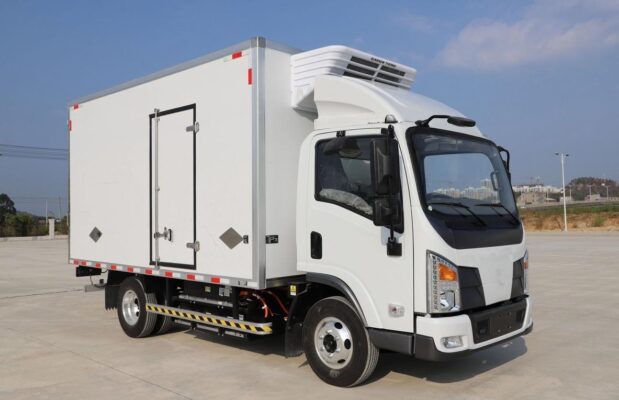
- There should be no unrelated personnel within the operating range of the truck-mounted crane; otherwise, it is prone to danger.
The presence of unauthorized individuals within the operating zone increases the risk of accidents and injuries.
I teie nei, let’s explore some additional taboos and important considerations in the use of truck-mounted cranes:
One significant taboo is the failure to follow proper maintenance schedules. Regular inspections of the crane’s components, including the hydraulic system, boom structure, and safety devices, are essential to ensure their proper functioning. Neglecting maintenance can lead to unexpected breakdowns and compromised safety during operations.
Operating the truck-mounted crane in adverse weather conditions, such as high winds or slippery surfaces, is another major taboo. Such conditions can severely affect the crane’s stability and the operator’s control, increasing the risk of accidents.
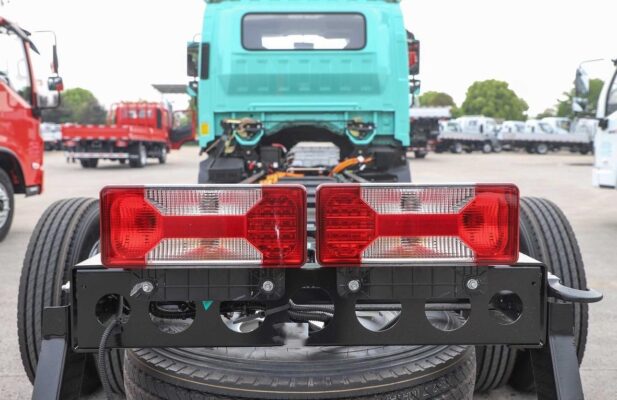
Overextending the boom beyond its safe working range is a dangerous practice that can lead to structural failure and loss of control of the load.
Using the crane without proper training and certification is a serious oversight. Operators must have a thorough understanding of the crane’s capabilities, limitations, and safety procedures to ensure safe and efficient operation.
Ignoring safety warnings and indicators on the crane’s control panel or instrument cluster can lead to problems going unnoticed until it’s too late.
Failing to secure the load properly before lifting is a common mistake that can result in the load shifting or falling during the operation.
Not accounting for the terrain and ground conditions where the crane is being operated can also pose risks. Unstable or uneven ground can affect the crane’s stability and the distribution of weight.
Finally, making modifications or using unauthorized attachments or accessories with the truck-mounted crane can void warranties and potentially compromise its safety and performance.
Ei faaotiraa, the safe and effective use of truck-mounted cranes requires strict adherence to these taboos and best practices. By being vigilant and following all safety guidelines, operators can minimize risks and ensure the successful completion of lifting tasks without incident.